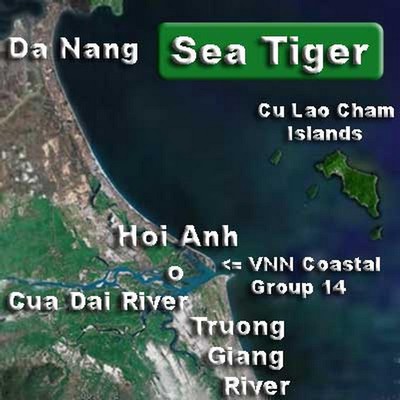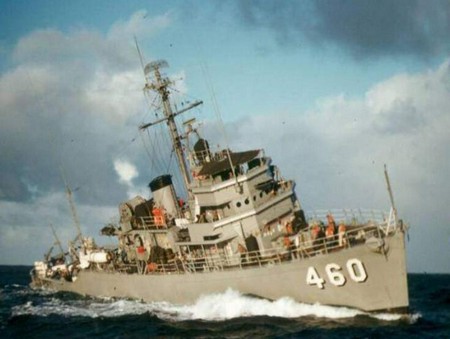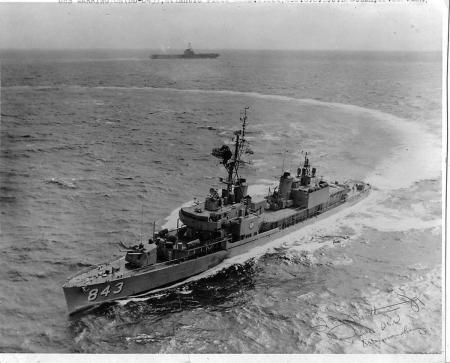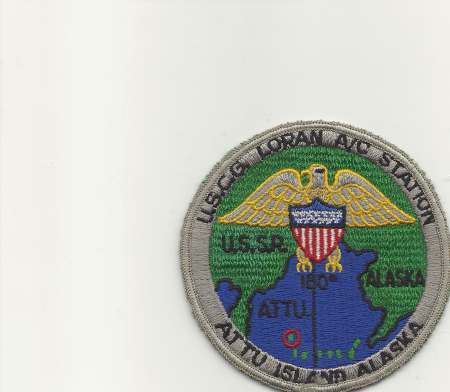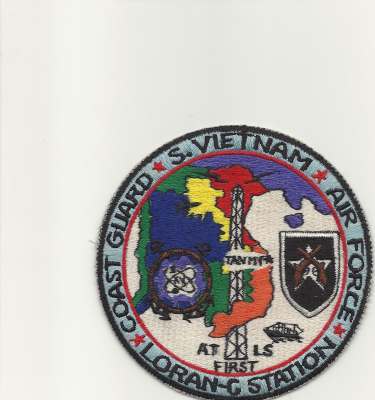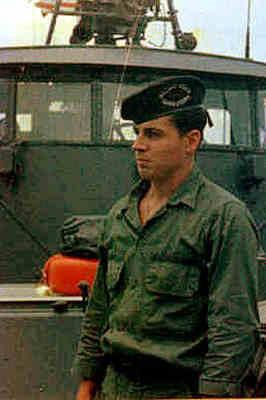ABOUT Coastal Surveillance Centers
- Origins in the Vietnam War: The concept of Coastal Surveillance Centers (CSCs) originated during the Vietnam War as part of Operation Market Time, designed to prevent North Vietnamese supply infiltration by sea.
- Integrated Command Centers: CSCs served as command and control hubs, integrating radar, communications, and intelligence to direct patrol craft, aircraft, and allied naval forces.
- Radars and Sensors: Early CSCs were equipped with surface search radars, sonar, and electronic surveillance measures to detect and track enemy vessels along the coastline.
- Joint Operations: The CSCs coordinated multi-national operations involving US Navy, South Vietnamese forces, and allied navies from countries like Australia and South Korea.
- Vital in Supply Interdiction: CSCs played a crucial role in interdicting thousands of enemy supply attempts, significantly disrupting enemy logistics during the Vietnam War.
- Technological Innovations: The use of real-time data fusion in CSCs was an early example of network-centric warfare, a concept that would dominate military thinking decades later.
- Survivors of Attacks: CSCs were frequent targets of enemy mortar and rocket attacks due to their strategic importance, with several centers enduring and surviving direct assaults.
- Post-Vietnam Influence: The concept and technology of CSCs influenced the development of modern Maritime Domain Awareness (MDA) systems and coastal defense networks worldwide.
- Human Intelligence Integration: Many CSCs integrated local human intelligence sources, including fishermen and coastal villagers, to enhance early warning and threat identification.
- Legacy and Memorials: Several former CSC sites in Vietnam and allied countries are now memorials or museums, commemorating the service of personnel who operated these centers.

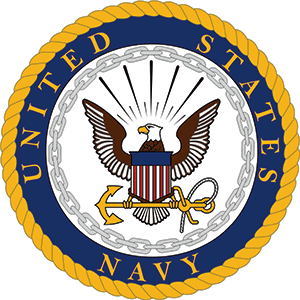
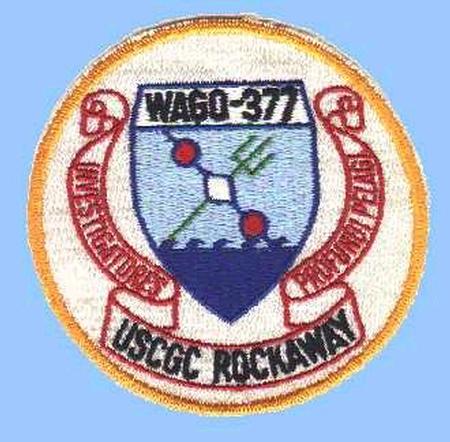
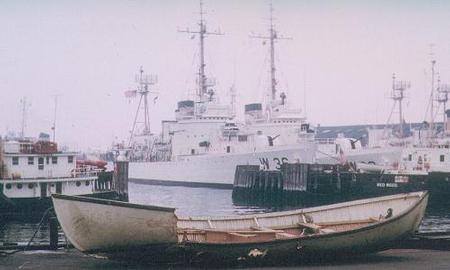

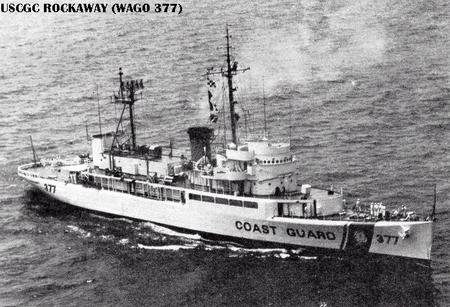



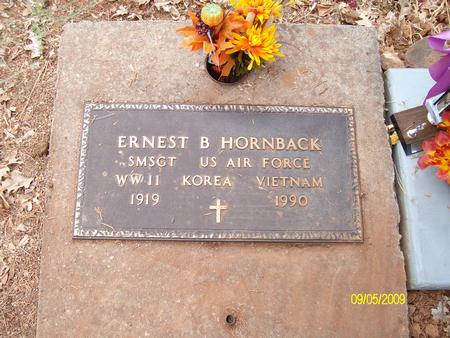
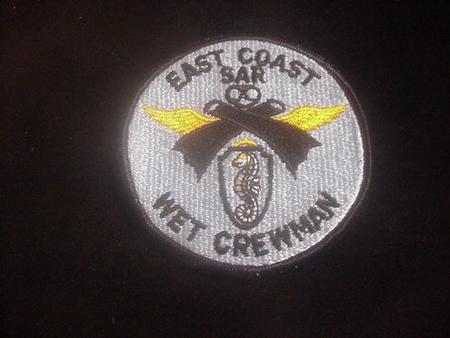
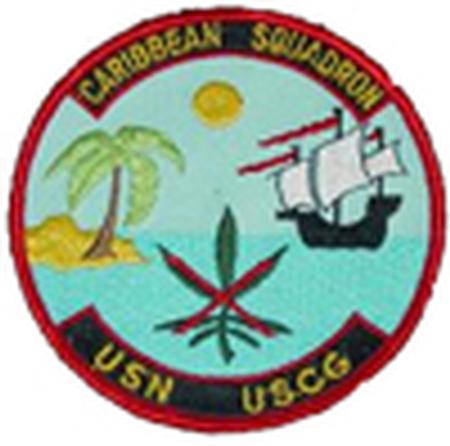
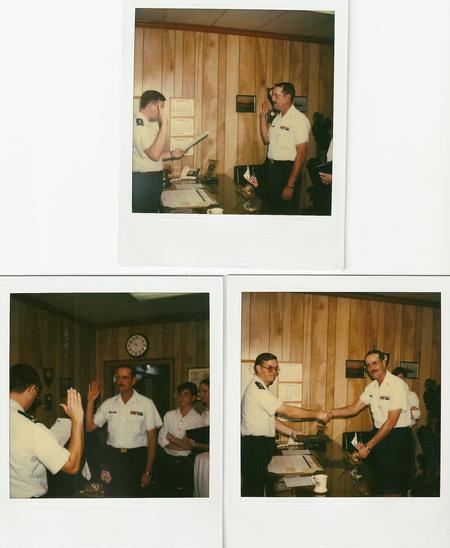
--75955.jpg)
